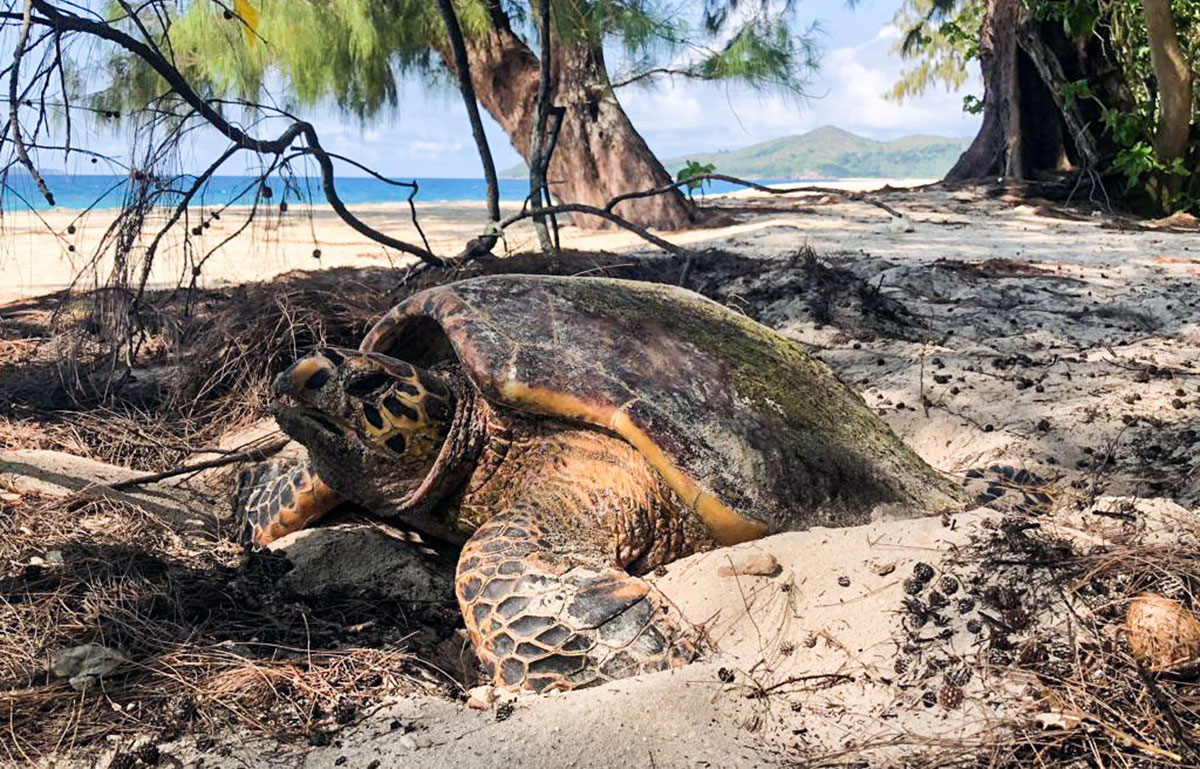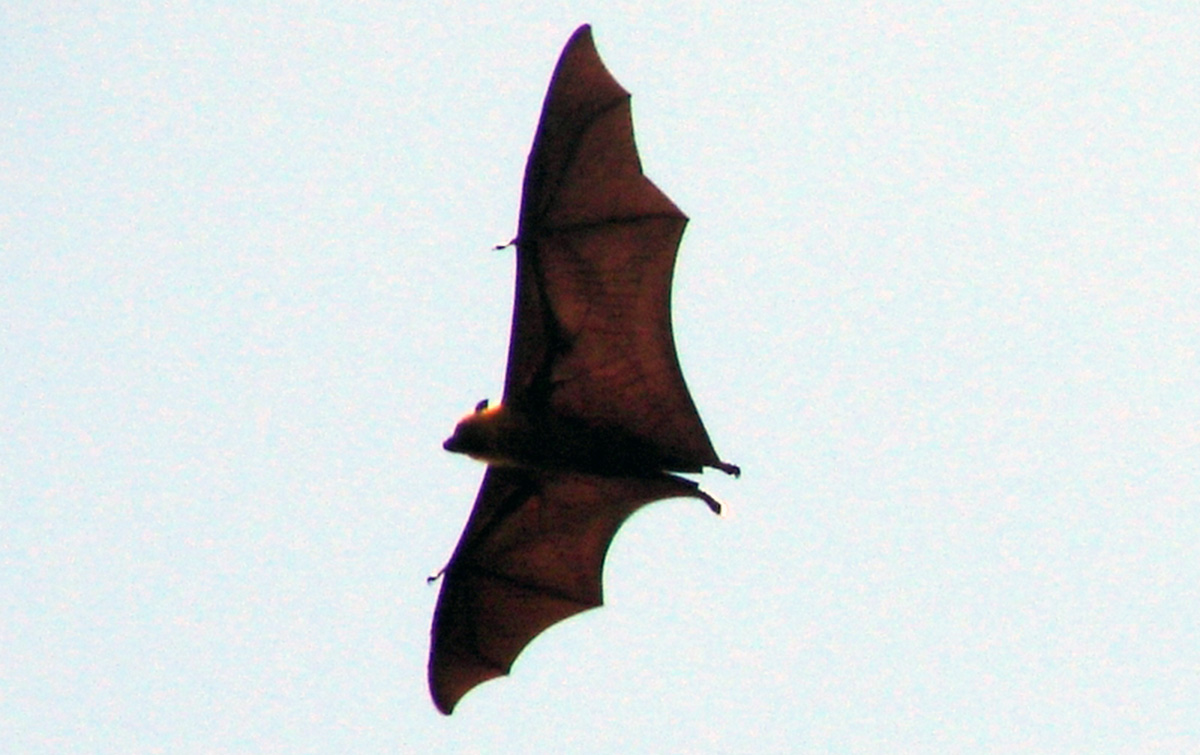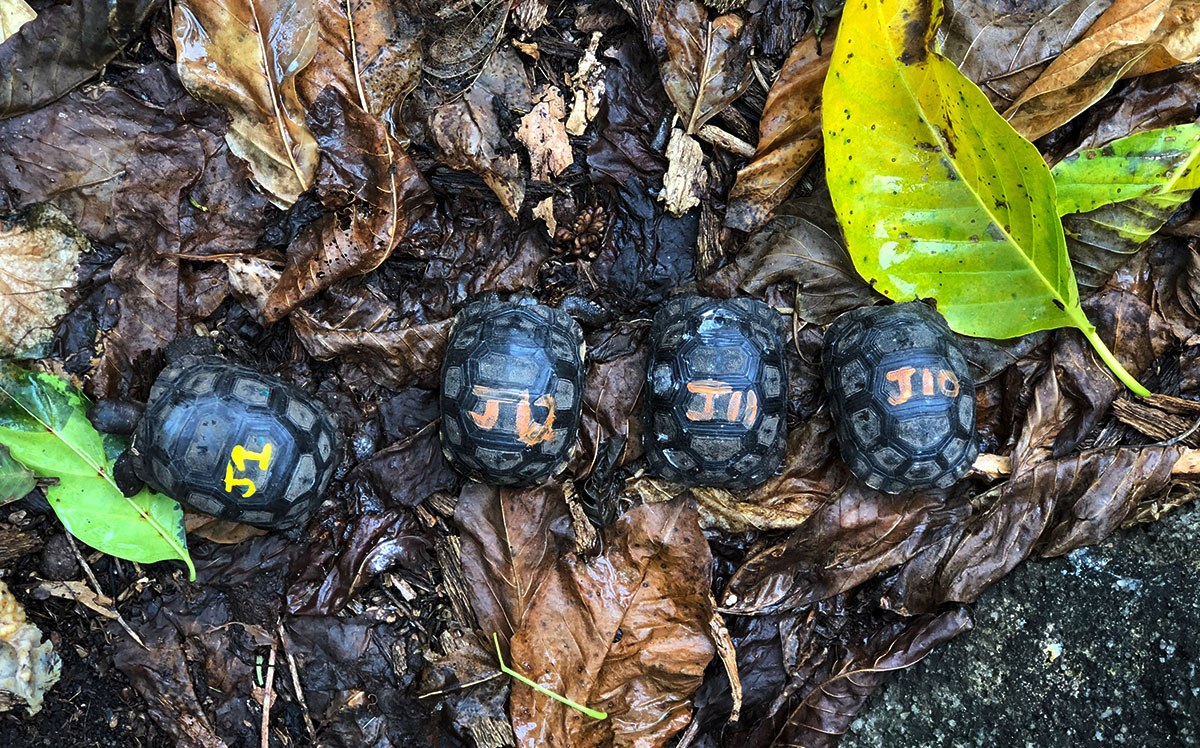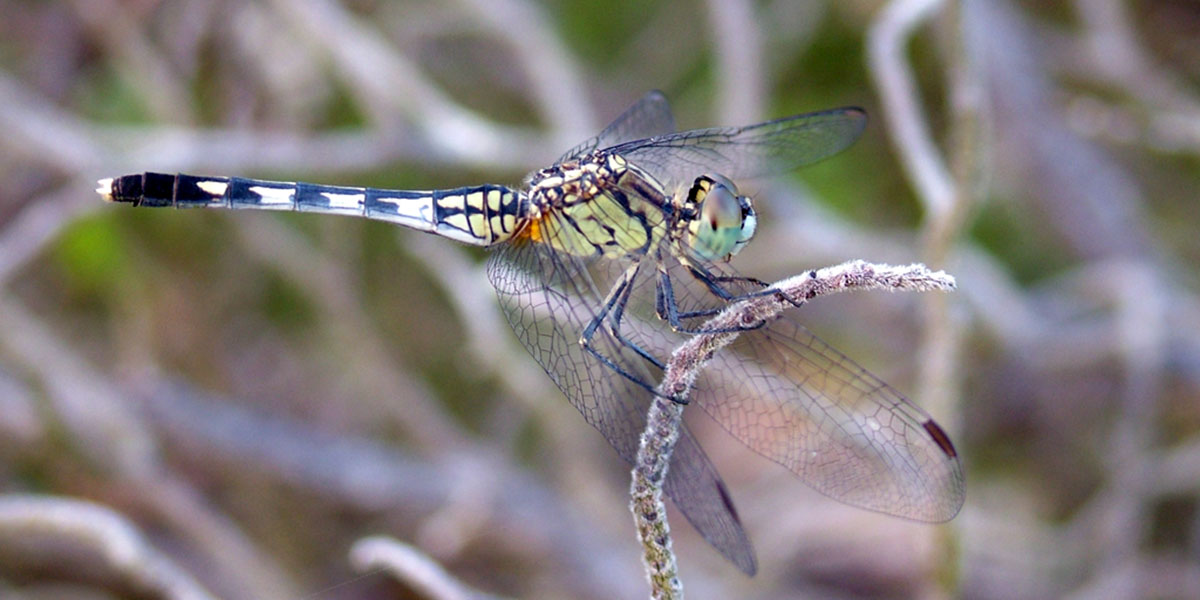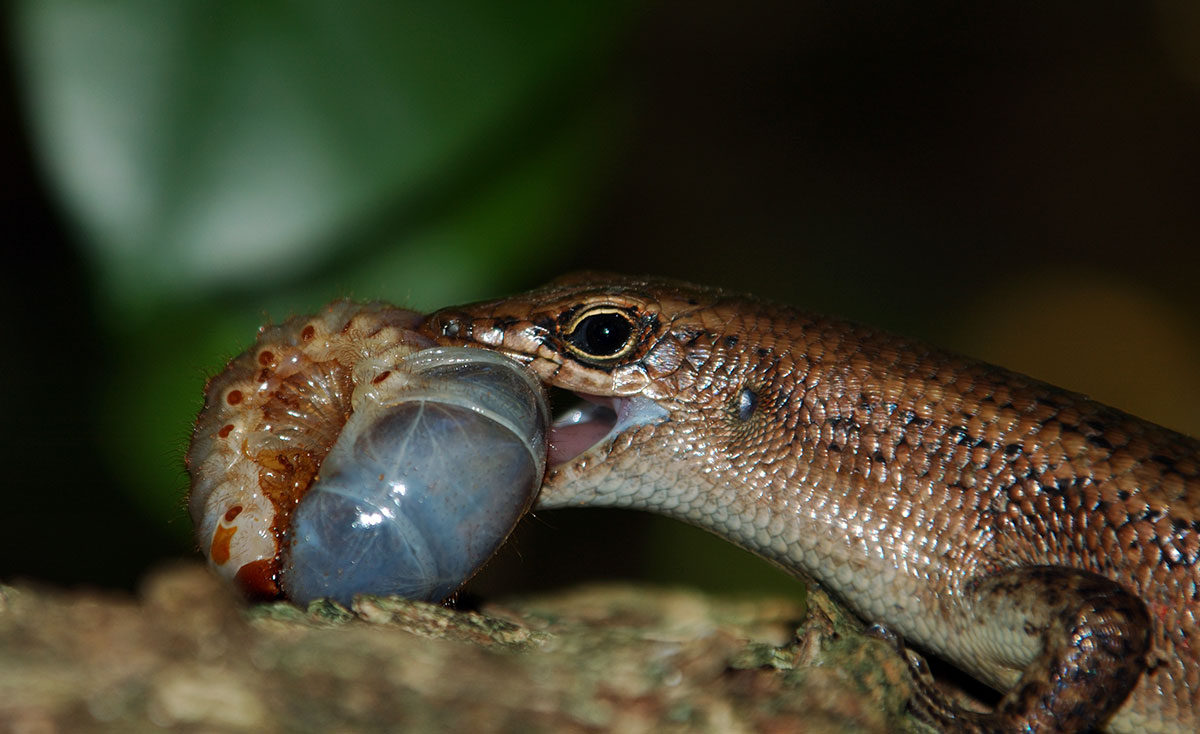We all know ladies can make us wait, but this year we were at the peak of all patience waiting for the first lady turtle to arrive on Cousin. This is the start of a very busy 6 months as the Hawksbill sea turtles (Eretmochelys imbricate) begin their nesting season in Seychelles. It is a very important stage of the life cycle for this Critically Endangered species and therefore monitoring is of great priority and data collection imperative for the future of this species.
Bats drink the sea
Fruit bats or Flying Foxes in Seychelles (Pteropus seychellensis) are often seen skimming over the sea and this behaviour has given rise to much speculation. However, there are a lot of field observations and publications over the last 100 years of fruit bats of the genus Pteropus skimming over freshwater bodies such as rivers, lakes, reservoirs and even swimming pools. Close observations show that the bats dip their chests in the water as they fly over and then lick the water off when they roost. They can also dip their feet and then lick at these afterwards (Bergmans, 1978).
The tortoise census on Cousin: the island’s ‘treasure hunt’
Cousin Island’s tortoise census takes place during the South East monsoon season in August. From July – December, the island experiences peak nesting productivity from the female Aldabra giant tortoises (Aldabrachelys). The census takes place for a greater understanding of our current population on Cousin. We search and survey the various habitats for as many tagged and untagged tortoises as we can find.
The secret world of mini-beasts
Two young people from Anse Etoile came into our office bearing gifts today. They had four jars holding dragonfly nymphs that they’d fished out of their pool. Did we want to keep them? they asked. We offered to house them at the Sanctuary at Roche Caiman, the wetland which is inhabited by an abundant invertebrates population dominated by dragonflies and damselflies and includes palm spiders, slugs, mangrove crabs and stick insects. We were keen to diversify the wild life in the Sanctuary. As they are in larval stage we will keep them in a safe place, away from the fish.
How well do you know your Seychelles Lizards?
Many of us in Seychelles, it is safe to say, are familiar with at least one member of our local lizard population. Quite a number take residence in our homes. The house geckos – pale, nocturnal lizards – gather around lights to feed on moths and other insects. Although some people are put off by their translucent body, others are so fond of their house geckos they name them.

